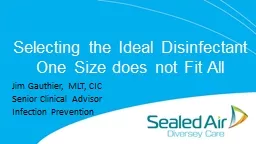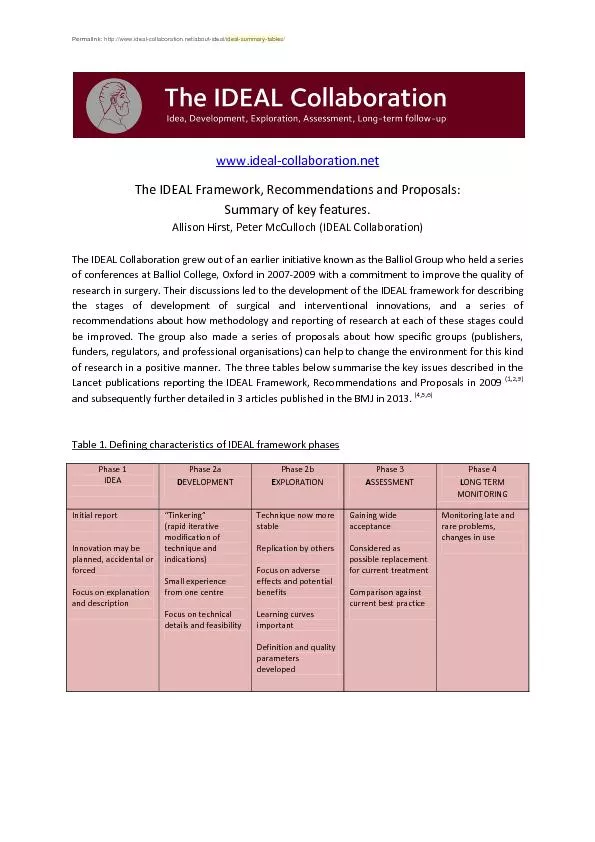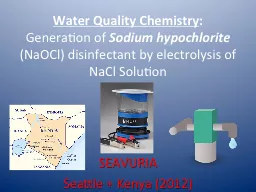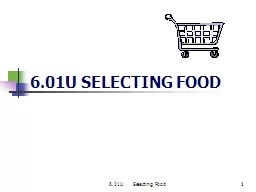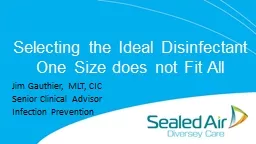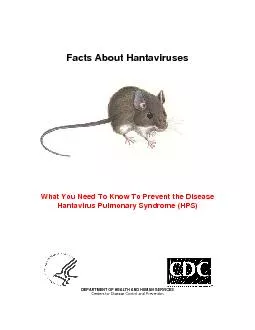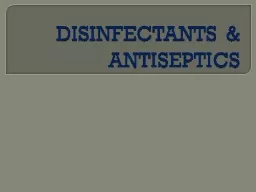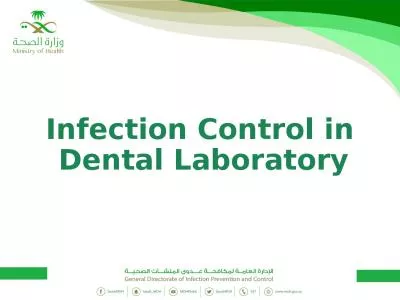PPT-Selecting the Ideal Disinfectant
Author : pasty-toler | Published Date : 2019-11-21
Selecting the Ideal Disinfectant One Size does not Fit All Jim Gauthier MLT CIC Senior Clinical Advisor Infection Prevention Objectives Review the characteristics
Presentation Embed Code
Download Presentation
Download Presentation The PPT/PDF document "Selecting the Ideal Disinfectant" is the property of its rightful owner. Permission is granted to download and print the materials on this website for personal, non-commercial use only, and to display it on your personal computer provided you do not modify the materials and that you retain all copyright notices contained in the materials. By downloading content from our website, you accept the terms of this agreement.
Selecting the Ideal Disinfectant: Transcript
Download Rules Of Document
"Selecting the Ideal Disinfectant"The content belongs to its owner. You may download and print it for personal use, without modification, and keep all copyright notices. By downloading, you agree to these terms.
Related Documents

